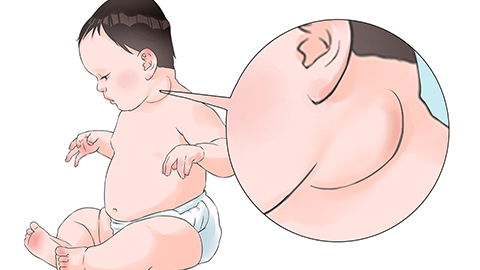How is neurofibroma diagnosed?
Generally, neurofibromas can be diagnosed through typical clinical manifestations, pathological biopsy results, imaging features, genetic testing results, and confirmation of family medical history. Detailed analysis is as follows:
1. Typical Clinical Manifestations
Patients may develop multiple café-au-lait spots on the skin, accompanied by multiple subcutaneous nodules. Some patients also experience neurological symptoms such as pain and numbness. These characteristic manifestations are important diagnostic criteria. Doctors will carefully observe the distribution of skin lesions and neurological responses to comprehensively assess whether they meet the characteristics of neurofibromas.
2. Pathological Biopsy Results
Sampling from suspected lesion tissues followed by histopathological examination reveals the specific cellular morphology and tissue structure of neurofibromas, directly confirming the nature of the lesion and serving as a key diagnostic criterion. The biopsy procedure must strictly follow aseptic principles to ensure sample accuracy.

3. Imaging Features
Ultrasound, magnetic resonance imaging (MRI), and similar examinations show that the tumor is connected to nerve tissues and exhibits specific morphological and signal characteristics. These findings assist in determining the tumor's location and extent of involvement, providing imaging support for diagnosis. The examinations must be performed following standardized procedures to ensure clear imaging.
4. Genetic Testing Results
Genetic testing of the patient's blood or tissue reveals pathogenic mutations in the NF1 or NF2 genes, confirming hereditary neurofibromas and identifying the genetic origin of the disease. Strict quality control must be maintained throughout the testing process to ensure reliable results.
5. Confirmation of Family Medical History
If there are confirmed neurofibroma patients in the patient's family, combined with the individual's clinical manifestations and examination results, this can assist in diagnosing hereditary neurofibromas. A detailed medical history of family members should be traced and documented.
In addition, comprehensive judgment integrating multiple sources of information is necessary during the diagnostic process. After diagnosis, timely communication with the doctor to develop appropriate treatment and follow-up plans is also essential.








